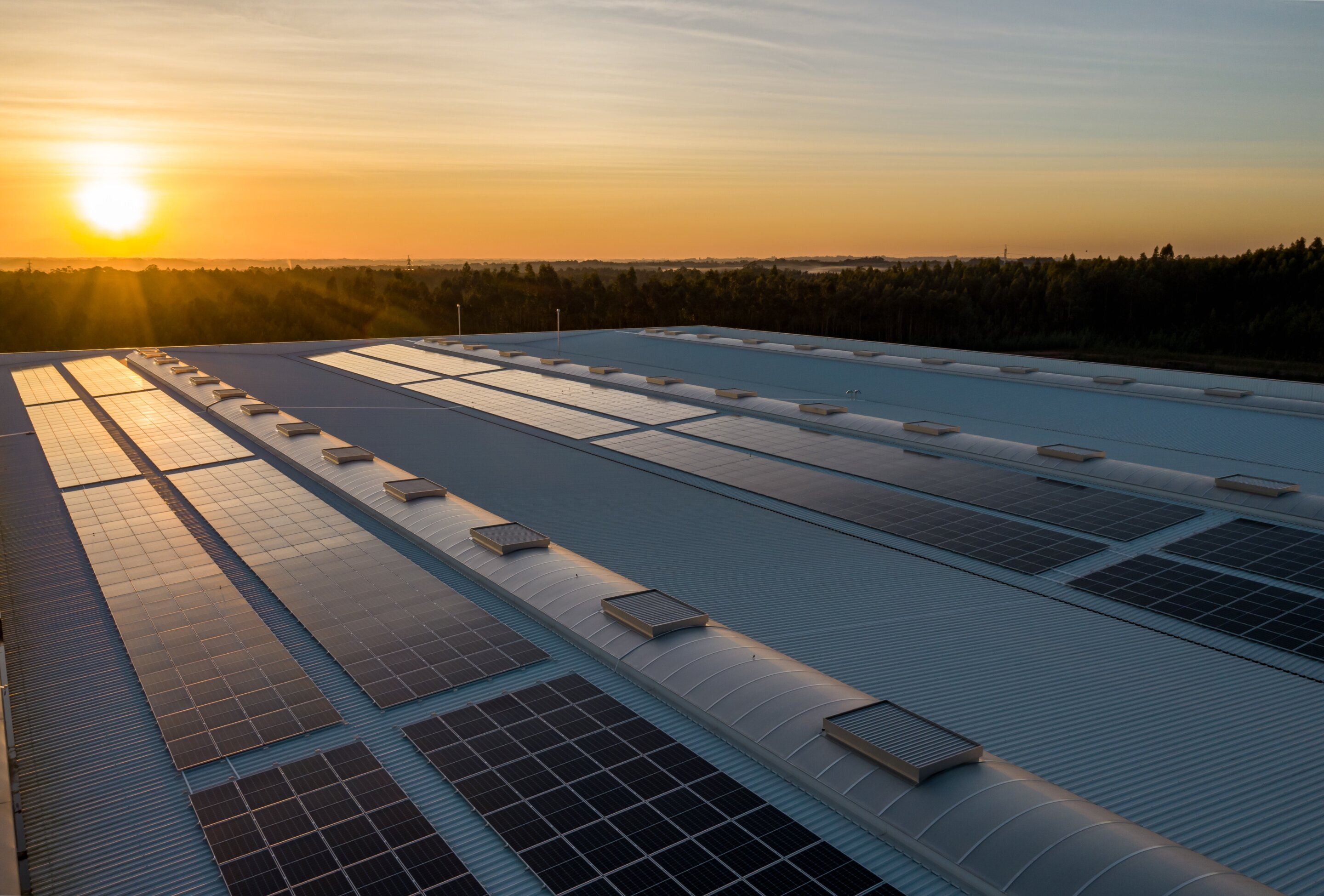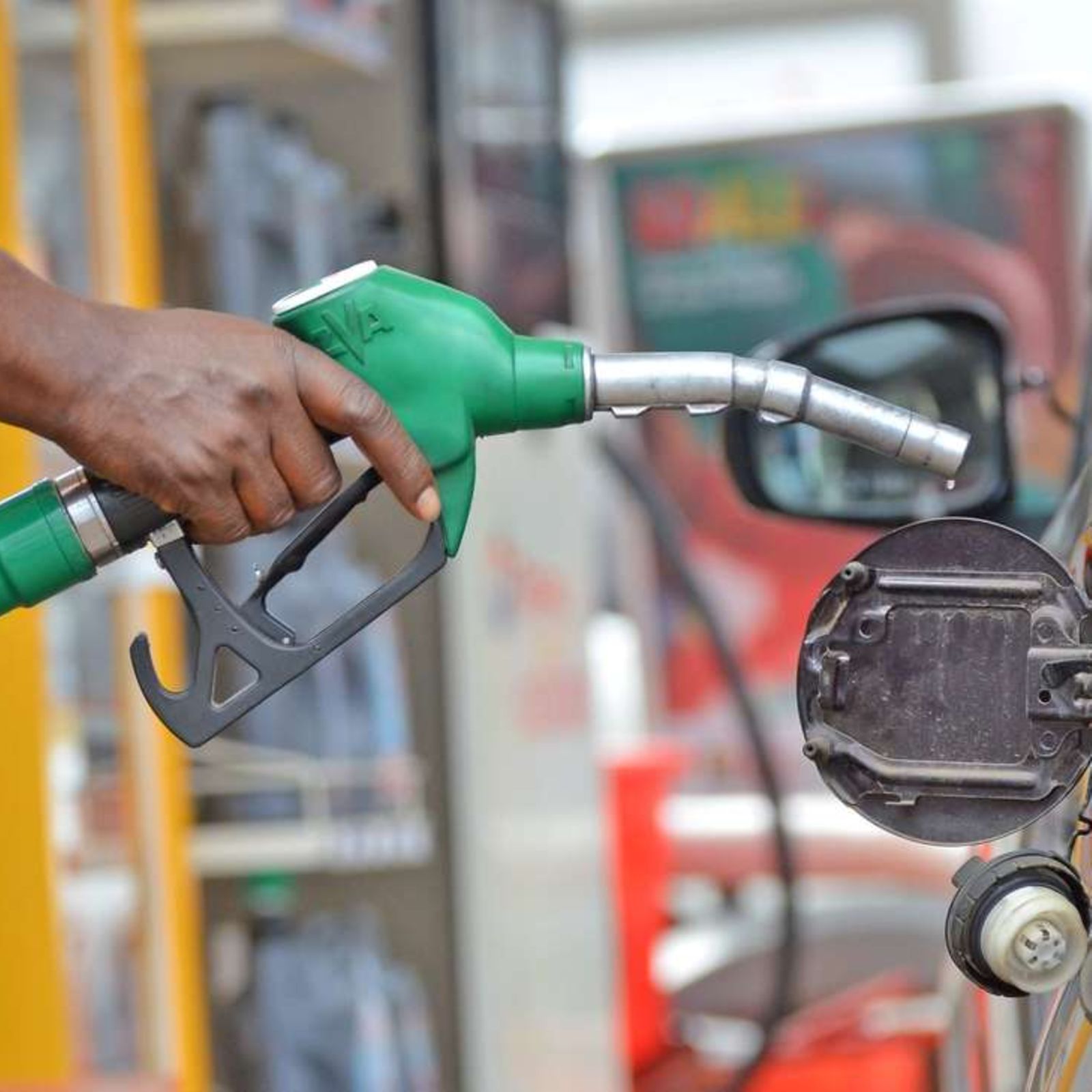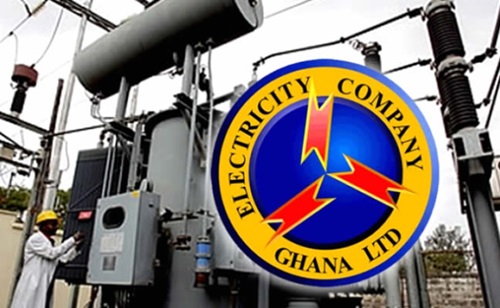- AI needs ‘global governance’, cannot be left to market, UN panel says
- Israeli military strikes Hezbollah as Nasrallah responds to wave of device blasts in Lebanon
- JetBlue to open airport lounges in New York and Boston in battle for big spenders
- From mortgages to auto loans, experts weigh in on when — or if — to refinance as interest rates fall
- August home sales drop more than expected, as prices set a new record
Who Won the U.S. Presidential Debate?

New 'PVDF alternative battery binder' surpasses EU environmental regulations
A research team has developed a technology that enhances the performance of binders—often the 'unsung heroes' in the field of secondary batteries—while using environmentally friendly materials. Their study is published in Advanced Functional Materials.
The researchers were led by Dr. Hyeon-Gyun Im and Dr. Dong Jun Kang from the Insulation Materials Research Center of Korea Electrotechnology Research Institute (KERI), in collaboration with Dr. Jung-keun Yoo from KIST and Professor Jong-soon Kim from Sungkyunkwan University.
The electrode, which has the greatest impact on the performance of secondary batteries, is manufactured by mixing an 'active material' that generates electricity, a 'conductive material' that facilitates the flow of electricity, and a 'binder' with a solvent. The role of the binder is to help the active material and conductive material adhere well to the metal plate (current collector) and to physically stabilize the electrode.
The binder has a relatively small proportion in the electrode, which has led to slower research progress in the past. However, with the increasing demand for high-capacity and high-performance batteries, interest in binders is growing.
Currently, polyvinylidene fluoride (PVDF), a fluoropolymer material, is predominantly used as the binder material for lithium-ion battery positive electrodes. However, PVDF is dominated by some global companies in Japan and Europe, and there have been ongoing functional issues, such as decreased battery stability, associated with its use.


- September 19, 2024
PURC calls for urgent revision of the Cash Waterfall Mechanism

- September 18, 2024
Zimbabwe to cull 200 elephants to feed people left hungry by drought

- September 18, 2024
'End of an era': UK to shut last coal-fired power plant

- September 17, 2024
Where in the world is closest to becoming a '15-minute city'?

- September 14, 2024
Myanmar’s military chief says foreign aid needed after deadly floods

- September 16, 2024
Prices of petrol, diesel, LPG to decrease between 2% and 5%

- September 19, 2024
UK campaigners in green energy standoff reject 'nimby' label

- September 16, 2024
Pictures show floods ravaging Central and Eastern Europe as death toll rises


Subscribe to our mailing list to get the new updates!

Subscribe our newsletter to stay updated
Thank you for subscribing!



